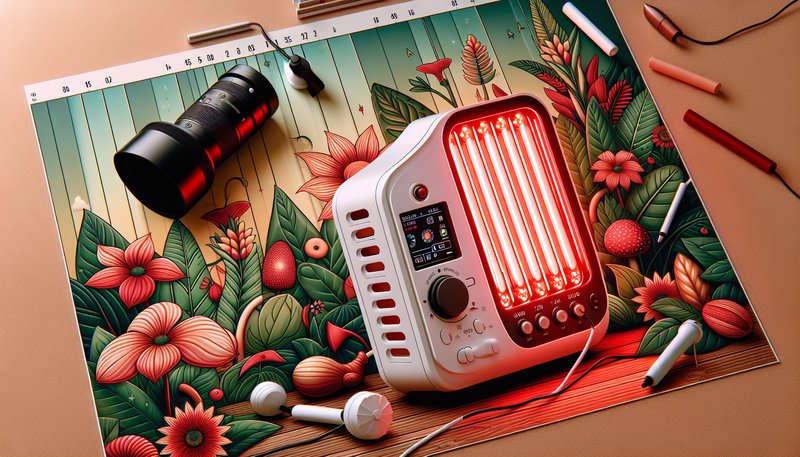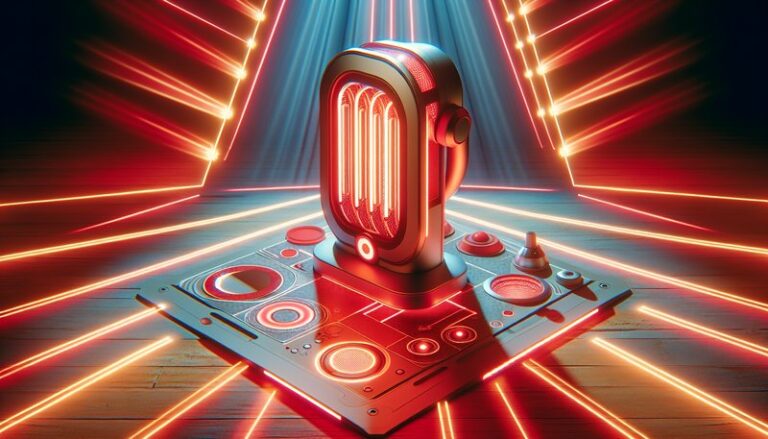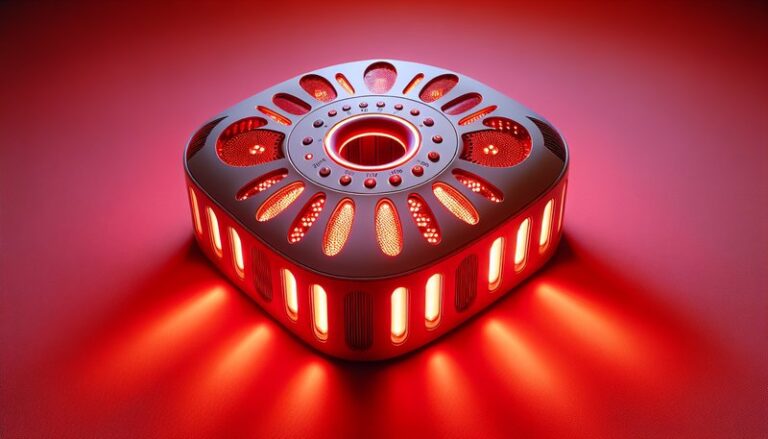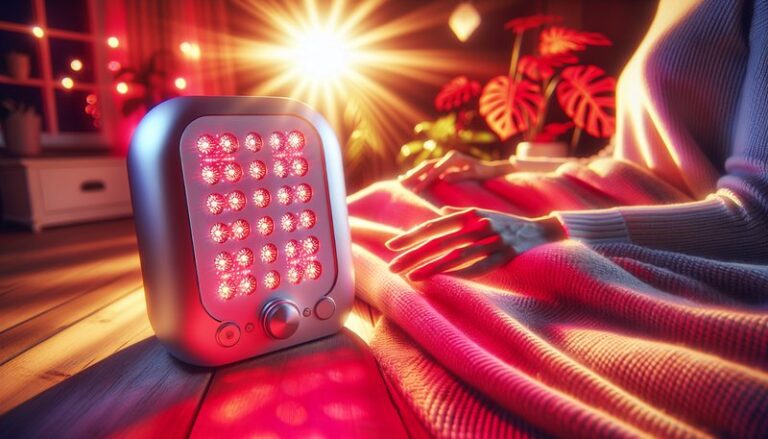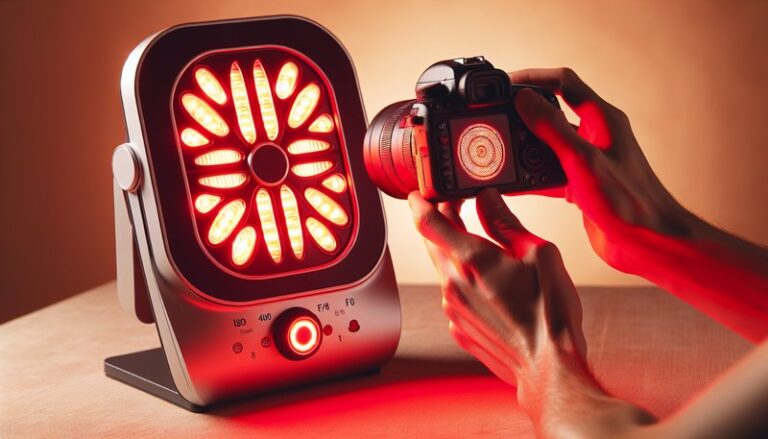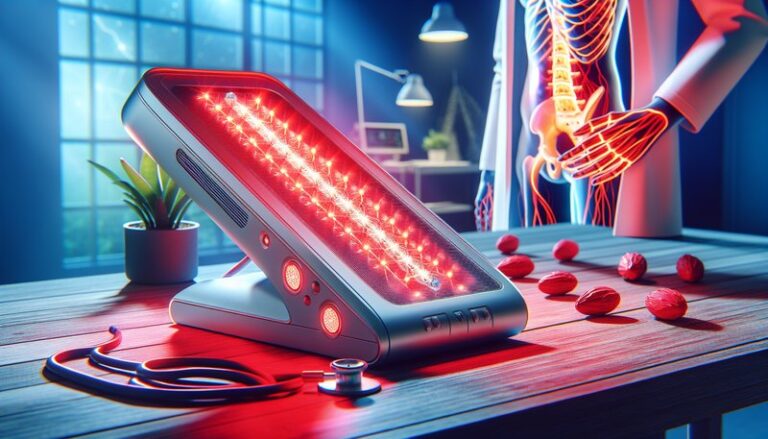What Is Red Light Therapy For?
Are you curious about the buzz surrounding red light therapy and its potential benefits?
This article will explore the purpose of red light therapy, its benefits, how it’s applied, and what you need to consider before trying it out. Whether you’re intrigued by its applications in skincare, pain relief, or overall wellness, you’ll find valuable insights to help you understand this innovative treatment.
Key Takeaways
- Red light therapy uses specific wavelengths of light to improve health and wellness.
- It is reputed to benefit skin conditions, pain management, and overall recovery.
- While generally safe, it’s important to consider potential side effects and consult with a healthcare professional.
What is Red Light Therapy?
Red light therapy (RLT) is a non-invasive treatment that utilizes low-wavelength red light to promote healing and rejuvenation at the cellular level. Originally used in the medical field, RLT has gained popularity among individuals looking to address various health concerns, including skin issues, muscle recovery, and even mood enhancement.
How It Works
The therapy works by penetrating the skin and stimulating the mitochondria, the powerhouse of our cells. This stimulation increases the production of ATP (adenosine triphosphate), the energy currency of the cells, which enhances cellular function and accelerates healing processes.
Common Applications
Red light therapy is commonly used for:
Discover the full analysis Lotion for Red Light Therapy?
- Skin rejuvenation: Helping to reduce signs of aging and improve skin tone.
- Pain relief: Assisting in the recovery of sore and injured muscles.
- Mental health support: Providing a mood boost through potential effects on serotonin levels.
What are the Benefits of Red Light Therapy?
Exploring the advantages of red light therapy helps to understand why it has become a popular option for those seeking alternative health modalities.
Enhanced Skin Health
Red light therapy can improve skin texture and tone, reduce wrinkles, and accelerate wound healing. Many users report a significant reduction in acne scars and a revitalized complexion.
Pain Management
Numerous studies indicate that RLT can effectively reduce pain and inflammation associated with various conditions, such as arthritis and injuries. This can be particularly beneficial for athletes and active individuals.
Improved Recovery Time
Using red light therapy can enhance muscle recovery post-exercise, making it easier for individuals to return to their routines without the discomfort associated with prolonged soreness.
Mood Enhancement and Sleep Improvement
There’s growing evidence suggesting that RLT may positively influence mood and help regulate sleep cycles. By potentially increasing the production of serotonin and improving circadian rhythms, red light therapy can contribute to better mental health.
Is it Possible to Use Red Light Therapy at Home?
Yes, it is possible to perform red light therapy at home using various devices, such as handheld devices, panels, or beds designed specifically for this purpose. This accessibility makes it easier for individuals to incorporate RLT into their daily routines.
What are the Advantages of At-Home Red Light Therapy?
Convenience is a significant advantage of home use. Users can schedule sessions as needed and potentially save on costs associated with professional treatments.
What are the Disadvantages of At-Home Red Light Therapy?
However, at-home devices typically have lower power and effectiveness compared to professional equipment. Adaptability to different body areas might be limited, and users may lack professional guidance on session lengths and techniques.
What are the Things to Consider Before Using Red Light Therapy?
Before starting red light therapy, consider the following factors to ensure a safe and effective experience.
Consultation with a Healthcare Professional
It’s critical to discuss your interest in red light therapy with your doctor, especially if you have underlying health conditions or are pregnant.
Understanding Technology and Device Quality
Not all red light therapy devices are created equal. Researching and opting for high-quality, clinically-approved devices can enhance effectiveness and safety.
Sessions and Duration
Determine how long and how frequently to use red light therapy. In general, sessions last around 10-30 minutes, but individual needs may vary based on health goals and device type.
What are the Alternatives to Red Light Therapy?
If red light therapy doesn’t seem right for you, consider these alternatives.
Cryotherapy
Cryotherapy involves short exposure to extreme cold to promote muscle recovery and reduce inflammation. It is known for its invigorating effects and can target specific body areas.
Infrared Therapy
Similar to red light therapy, but typically uses a broader spectrum of infrared light. This therapy penetrates deeper and can assist with pain relief and relaxation.
Hydrotherapy
Hydrotherapy uses water for pain relief and treatment, often incorporating hot and cold treatments to stimulate circulation and healing.
Conclusion: Is it Recommended to Use Red Light Therapy?
Overall, red light therapy presents an intriguing range of benefits, from skincare to pain management. If you’re considering incorporating it into your wellness routine, ensure that you research options, consult with a healthcare professional, and weigh its pros and cons. With the right approach and awareness, red light therapy can be a valuable addition to your health regimen.
Don’t miss Are Red Light Beds Safe?
Frequently Asked Questions
How long does it take to see results from red light therapy?
Many users report seeing improvements within a few weeks, although results can vary based on individual conditions and treatment frequency.
Are there any side effects associated with red light therapy?
Generally, red light therapy is considered safe, but some users may experience mild redness or irritation. Consulting with a professional beforehand can help mitigate risks.
Can anyone use red light therapy?
While many people can benefit from it, those with specific medical conditions should consult a healthcare provider to determine its suitability for their situation.
How often should I use red light therapy for optimal results?
Recommendations vary, but 2-3 sessions per week is a common guideline. Adjustments should be made based on individual goals and device specifications.
Is red light therapy FDA approved?
Some red light therapy devices are FDA approved for specific uses, such as acne treatment or pain relief. However, it’s essential to verify the approval status of the device you plan to use.
